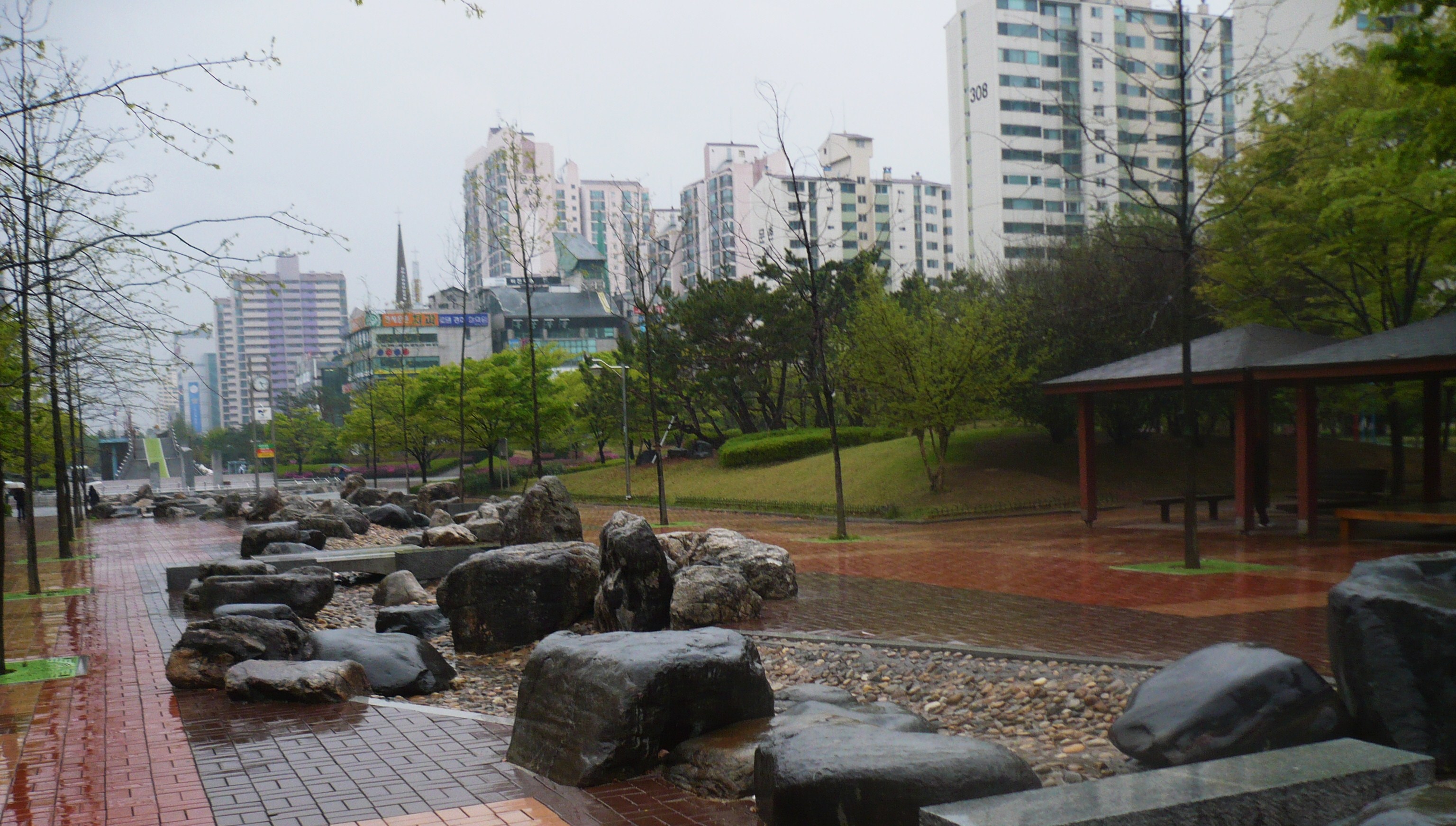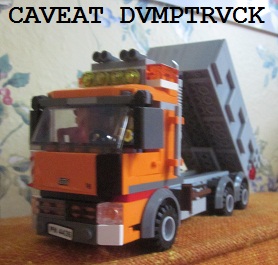What’s with the apostrophe?
I saw “내리는 문’입니다” on the back door of a bus, facing out. It makes perfect sense: Nae-ri-neun mun-ip-ni-da (roughly, “exiting door is” meaning “this is an exit door”). Korean typically and in very standard fashion will attach a “be-verb” (in this case, ip-ni-da, which is a highly formal and deferential form used for public discourse) to any noun, to make a sentence. The noun is in turn modified by a relativizer (or adjectivizer) of the “exit” verb.
But, there’s a little apostrophe, between the mun and the ip. Why? [imagine this pronounced in a weird Homersimpsonish risingtone]
So… but who thunk to put an apostrophe? Korean doesn’t use apostrophes. I’ve never seen that before. It makes a weird kind of sense, but it doesn’t follow the rules of Korean orthography and word-separation that I’ve been exposed to. It was definitely an apostrophe – the font showed one of those little blobs with a tail hanging down, just like an elevated comma. It can’t be a mistake, can it? It’s some kind of westernish orthographic affectation, I suspect. Makes it “look cool,” somehow.
Here is a backlog of “Notes for Korean,” some random vocab words I should be memorizing:
발송중 = delivery . [in the course of / in the middle of]
현재 = current; present day; nowadays
-령 = dominion, land
동인도 [east india] = indonesia
옛 = old, former
회사 = company, firm
표준= standard, as in, 표준어 = standard language / linguistic norm
추가 = addition / -하다 add to, append, supplement
마치다 = be done, finish, complete
기타 = the rest; and others; and the like
대학입학= university admission
선배=senior, elder
잠시=shortly, later / 잠시후 =after a short while
실패는 성공의 어머니이다 = failure success’s mother is.
Picture: walking from work toward 주엽 subway station in the rain, at about 5 pm today. It was so greeny and beautiful.

![]()
